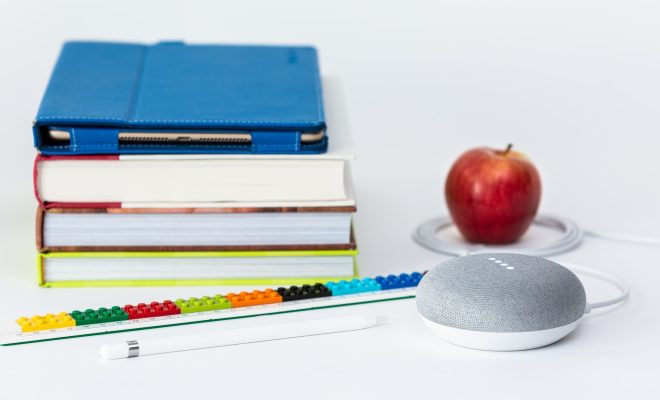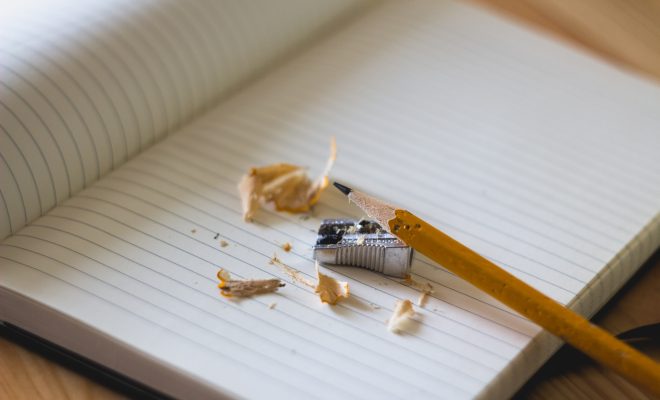Reading skills every teacher can use

When was the last time your asked students to read something in your class?
The chances are good that you gave them a reading assignment sometime this week. It might have even been today. Teachers regularly direct students to read for information, hoping that everyone in the class will comprehend the words and their message.
What happens when your students have difficulty reading the content?
It’s time for you to step up and teach reading skills in your classroom, especially if you don’t teach ELA.
Students who recognize that the skills learned in ELA are transferrable are likely to perform well in your class. Students who have difficulty applying reading strategies outside their reading classes need your assistance. You’ve got to provide reading strategies for accessing the content in your subject area.
Build from the foundation
Learning takes place only when you activate prior knowledge. Your students will have a difficult time learning anything new if they don’t have a robust platform on which to stack news idea and content.
Your job is to help them connect to your content and build on it. Ask your students to relate an experience they have had or predict what might happen next.
Interact with the text
Get your students engaged in reading.
As easy as it may be for you to distribute vocabulary lists among your students, resist the urge to provide your students with everything they will need. Instead, teach your students strategies like identifying and defining new vocabulary, that will help them understand their reading. Try these close reading strategies to improve reading skills. For example, have students make personal connections to the passage. Ask your students to keep a reading journal in which to write down:
- Their observations and questions
- Important phrases in headings and sub-headings
- Gists and summaries
- Doodles that enhance meaning
- Curated information from sources
Retell what’s been read
Students retell events from their lives all day long.
Stop the class and ask students to turn to an elbow partner and retell what they just read. Give them 60 seconds and then have them switch so the second student can retell from their reading.
When students can retell what they’ve read, they are synthesizing their reading and learning content.
Include writing
Writing is nearly inseparable from reading, and yet some content area teachers shy away from it. They avoid it because they don’t want to grade compositions.
You don’t have to require your students to write long-form essays to make them better writers and readers. Authentic writing today includes writing summaries, email replies, and lists. Even a hand-written exit ticket requires synthesis between reading and writing. It’s a quick way to demonstrate – and check on – understanding.
Reading isn’t confined to the ELA classroom alone. Your students read every day. They will become more proficient if you help them practice their reading skills in your classroom.
Strategies like these help your students build comprehension and understanding





